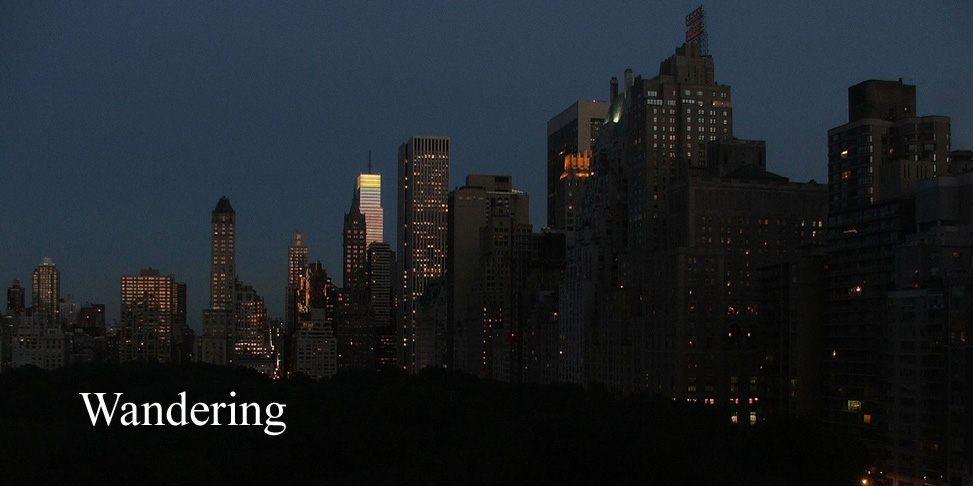The St. Petersburg Philharmonic Orchestra, which is on a 35 day tour of the United States arrived at Carnegie Hall on April 14.
The program describes it as Russia’s oldest symphonic ensemble, founded in 1882, although it suffered some name changes in Soviet times. The conductor was Yuri Temikanov, who has been the orchestra’s artistic director and principal conductor since 1988. He conducted with broad sweeping movements of his arms, rather like the traffic cop I had watched at intersection on Sixth Avenue earlier in the day. After the intermission he arrived on the podium and commenced while much of the audience was still finding its seats: tardiness must not be acceptable in St. Petersburg.
The first piece on the program was Rimsky-Korsakov's Prelude to Legend of the invisible City of Kitezh, which is very short – about 5 minutes. I don’t think I had ever heard it. It begins as a Russian forest murmurs developing into a robust folk melody. It was a pity it was so short; Rimsky-Korsakov had a distinctive musical voice and it would be nice if we heard more of it than frequent iterations of Sheherazade.
Next was the Cello Concerto No.1 of Shostakovich, in which the soloist was American cellist Alisa Weilerstein. There are two types of cellist in my opinion: attack cellists and sweet and beautiful tone cellists. Ms. Weilerstein is definitely an attack cellist, who played with great energy and vigour. She was matched at times by the orchestra, which played some passages louder than I think I had ever heard in accompaniment of a soloist. My categorisation of cellists is not an adverse judgment of either genus and in this performance there was some beautiful lyrical playing in the second movement leading into more attack work in the cadenza.
After the intermission, the orchestra played Brahms symphony No.4. During the break, I was able to walk past the stage and look at the music stands. The orchestra played from scores which might have been published before the communist revolution. The paper was yellow, and many of the parts had been ripped and repaired with sticky tape, itself warped with age. In some cases, the paper had completely disintegrated and pages were replaced with photocopies.
The performance was absorbing, although some passages particularly in the brass and timpani were very loud. I think this was intended, although perhaps not to the extent I heard, which may have resulted from the fact that an orchestra playing in Carnegie Hall is in a sound shell behind a proscenium which gives an excellent acoustic but which may play tricks with orchestras which are not familiar with it.
For an encore, the orchestra played one of Elgar’s Enigma Variations; not very Russian, but the string playing was so good that I wished they could have played the whole piece.
Complaint about audience behaviour #2: when I was in kindergarten circa 1951, our teacher Miss Lydon taught us many things about good manners, one of which was that you must not turn the pages of the program at a concert as this makes a noise, which will annoy other people. The woman seated on my right had never heard of this rule. During the Brahms and Elgar she was engaged in speed-reading the mass-market paperback edition of Emperor Norton's Ghost (a Fremont Jones Mystery) by Dianne Day. This involved much rustling from page turning and adjusting. A person who preferred to hear Brahms through the swish and crackle of a vinyl record might have enjoyed it.
St. Petersburg Philharmonic, Carnegie Hall, 15 April 2011
In Memory of Owen Kipp Sevre
9 years ago






No comments:
Post a Comment